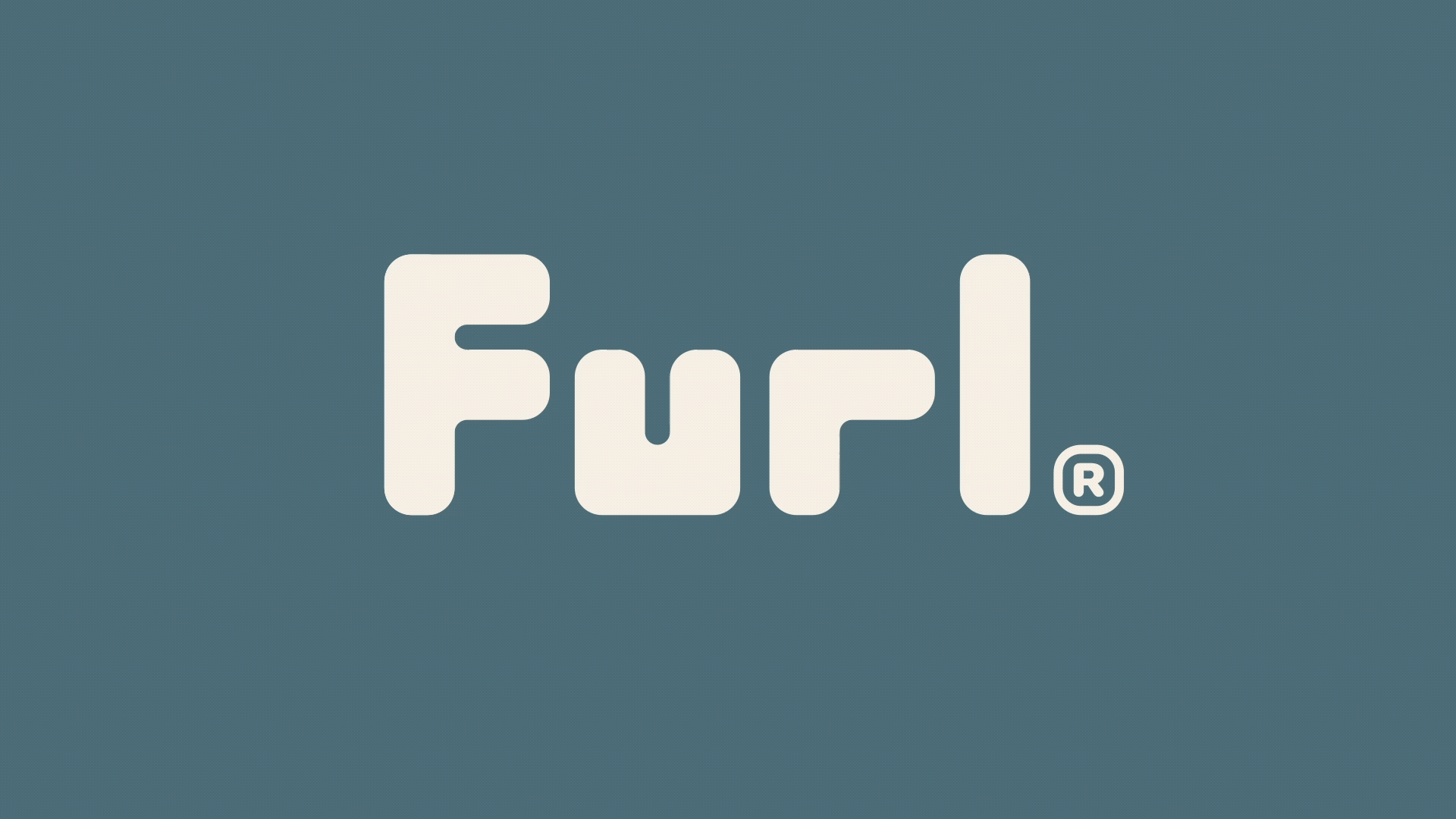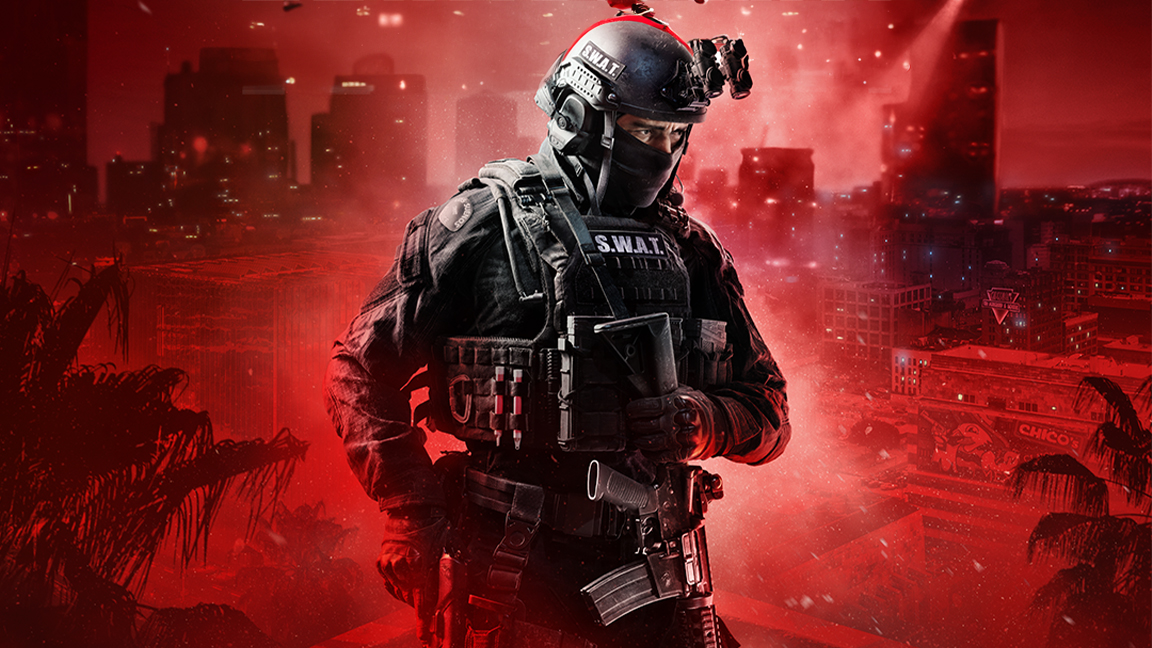
Void Interactive’s tactical shooter Ready or Not is gearing up for its biggest evolution yet, as it prepares to release on the best gaming consoles. Originally a cult hit on PC, known for art direction that adheres to realism, the team is now prepping the game for PS5 and Xbox Series X/S. It’s a move that's bringing sweeping changes, from a major upgrade to Unreal Engine 5, to fundamental improvements in AI, level design, and the creative process itself.
I caught up with Mark Ranson, Art Director, and Sean Gorman, Lead Designer, to talk about the challenges and breakthroughs that have defined the next phase of development for this acclaimed tactical first-person shooter.
At its heart, Ready or Not aims to be believable, but never boring. “We often take realism, and we add about another 20 or 30 percent extra on top of it,” says Mark Ranson, adding: “Just to make it spicy, really interesting and engaging from the art side.”

This balancing act between immersive realism and expressive design is core to Void’s game and the studio's approach. “It’s a fictional world,” says Sean Gorman, “but tied very much to our own [and] what we’re trying to achieve narratively and from a gameplay experience has to be believable.”
For both art and level design teams, this mix of realistic art direction, functional spaces, real-world rules to design, and level design that engages means a collaborative process that starts from a shared vision. “We have a core group of leaders from different teams,” Sean explains, “and we look at what we’re trying to achieve. Then level designers create prototypes, almost like storyboards, and we iterate fast.”
Sean tells me this iteration loop is tight but controlled. “We can break some rules, widen a corridor, maybe, but you can’t just drop in a two-metre wide door. It has to feel real.”
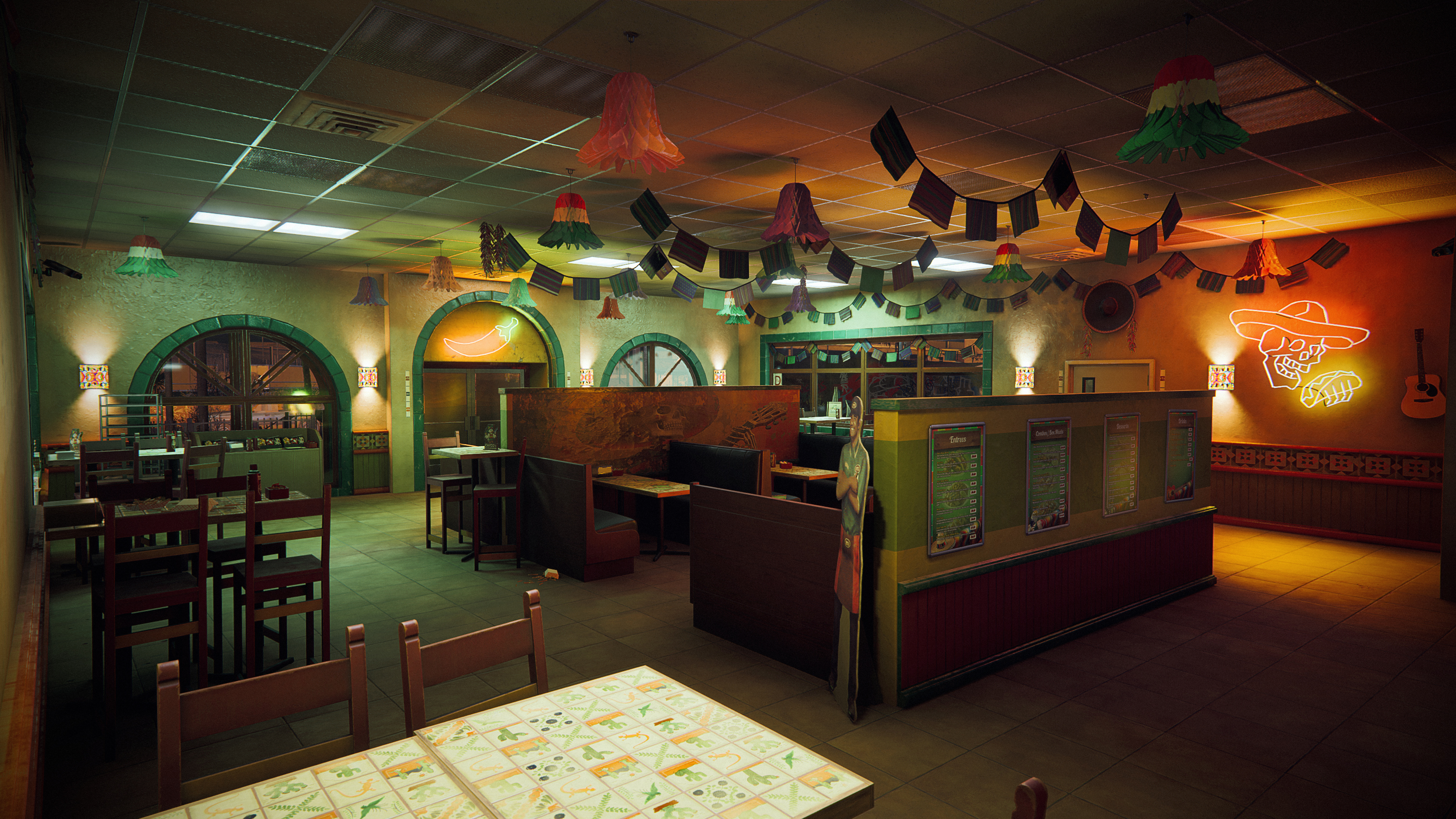
The upcoming move to consoles (due 15 July) has coincided with the team switching to Unreal Engine 5 from UE4, and it's been both a technical challenge and a creative opportunity for Void's art and game design teams. “We had to sit down for many weeks and discuss the pros and cons,” Mark admits. “And my god, were there issues. But the net gain was good.”
Daily design news, reviews, how-tos and more, as picked by the editors.
Void opted not to chase every new toy. “Nanite and movement support? Amazing tech,” Mark says, “but it’s not there yet for our needs. So we had to ask: What can we do? What should we do?”
The shift to UE5 brought more than graphical polish; it changed how content is made. “Even since December 2023, how we build levels has changed dramatically,” says Sean. “We now know what works, and we’ve got analytics to show where players succeed or fail. It’s made us faster and better.”
That feedback loop is now feeding into upcoming console versions, and PC players will benefit too. “We’ve revisited every level,” says Mark. “We’re adding new content, tweaking lighting, and remaking assets from scratch where needed. As we’ve improved as artists, we’ve gone back and raised the quality bar.”

The forthcoming leap to console isn't just about getting the game running; it means rethinking performance, polish, and accessibility. “A huge part of going to console was optimisation,” says Mark. “Making sure you have a stable playthrough no matter what platform.”
From destructibles and lighting systems to the AI logic and weapon handling, everything on Ready Or Not is being refined, and it's being done so within the framework of the game's need for realism. “We've made sure there's consistency across the game,” says Sean. “If you shoot a TV, it should explode. Glass, bottles, physics actors, now they all behave the same across levels.”
Revamping the game's AI has been a huge focus for the console revamp too. “We’ve spent six months on it,” Sean reveals. “Suspect and civilian AI, especially. It has to behave believably, not just how they move, but how they react to you. We wanted to eliminate those moments that break immersion.”
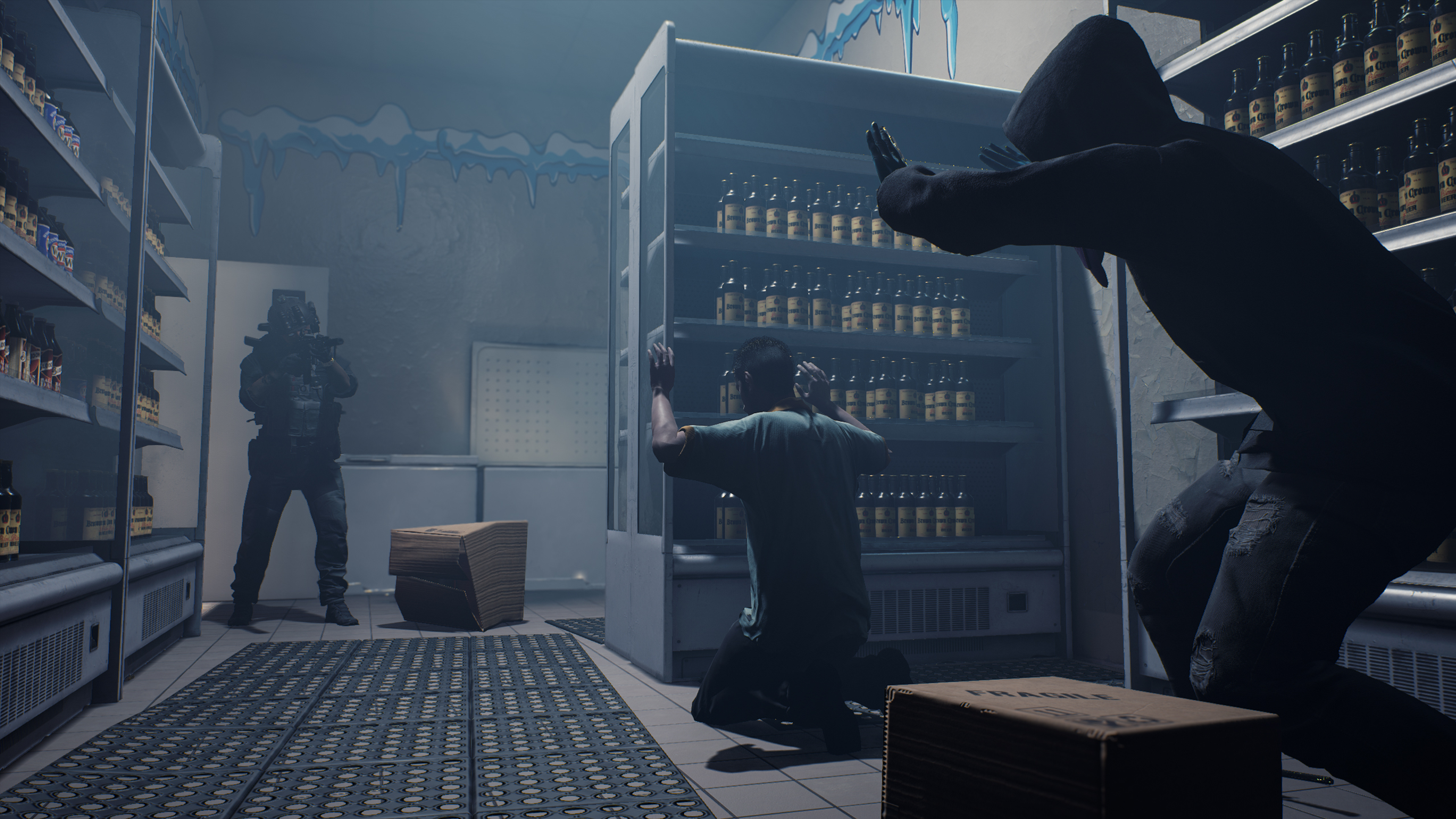
Much of this work was done with a team scattered across the globe. Void’s success, both Mark and Sean agree, comes down to a culture of trust and flexibility.
“I’ve been working remotely for over a decade,” says Mark. “Everyone’s accountable. We’re not breathing down people’s necks. We trust each other to do the work, and that shows.”
Sean agrees, pointing to the structure of their weekly check-ins. “We do regular drop-ins, Monday to Friday. You can’t just lean over someone’s shoulder, so we create space for voluntary check-ins. Otherwise, people might suffer in silence.”
Time zones are part of the puzzle, too. “The sun never sets on Void,” laughs Sean. “Sometimes you’re talking to Australia at 8am or wrapping a call with the US at 7pm. But working from home gives you flexibility. Go walk the dog. Pick up the kids. As long as the work gets done, it works.”
Workflow and collaboration tools like Miro and Confluence that offer whiteboards and asset sharing have helped teams collaborate across regions, and conversations happen via Slack, recorded meetings, and even voice notes. “We’ve found ways to rival studios where everyone’s in the same room,” says Sean.
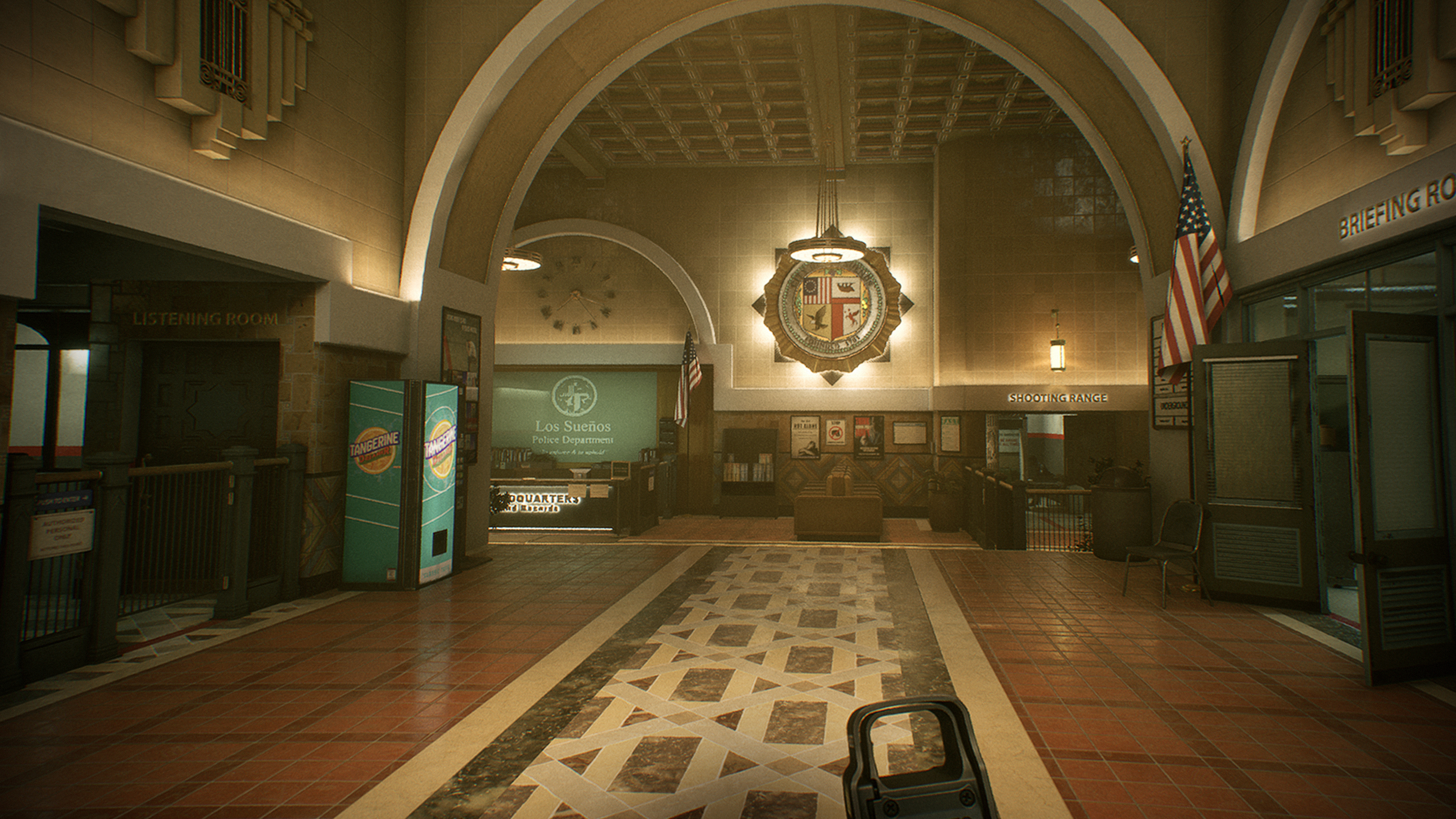
This console version of Ready Or Not also debuts a brand-new difficulty system, which will be mana to newcomers. “It was always a hard game,” Sean says. “But we saw players expecting something like Valorant [a free-to-play shooter set in a sci-fi world], and Ready or Not is slower, more methodical, with bursts of action.”
The option of a difficulty setting is designed to offer a smoother ramp for newcomers, while experienced players on PC can play a challenge closer to the original vision. “We’ve used smart behaviour and modifiers,” Sean says, “so you can gradually build your skills and eventually experience the real Ready or Not.”
That’s not all, Void is including more new features in the console release, which will also come to PC. “We’ve added new weapons, including a launcher for pre-orders, new levels, and new AI behaviours. And our in-game voice chat now echoes across the walls, adding spatial realism.”
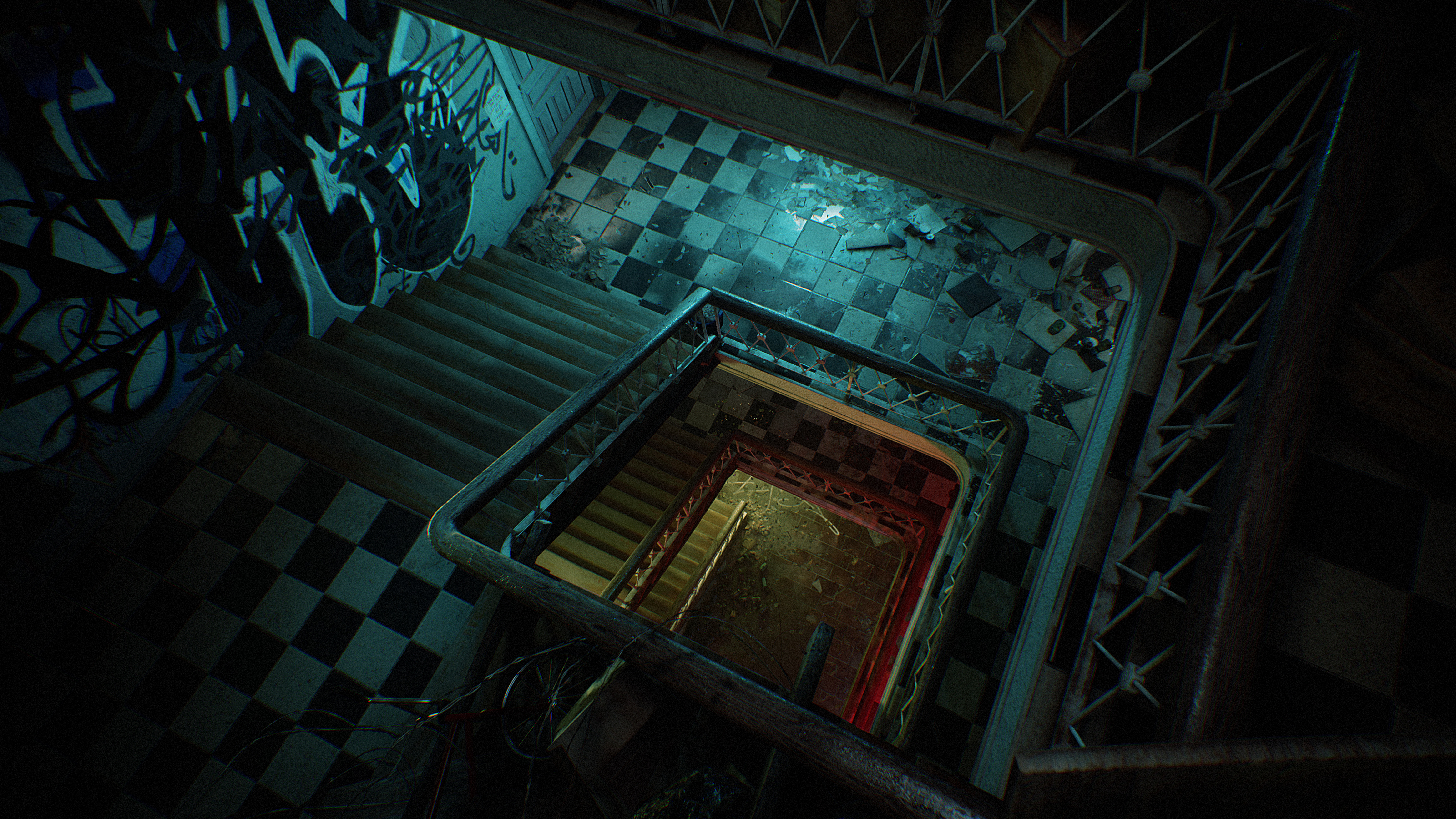
Void’s approach to tech is deliberate but ambitious. “We talk closely with Epic,” says Sean. “When Unreal Fest rolls out new tech, we’re right there, asking how it fits our future.”
That future includes more AI experimentation, says Sean, but always with care. “If we change core AI systems, it could break the game,” Sean explains. “So we look for little places to improve without losing performance or immersion.”
Given Epic Games is promoting its new agentic AI, as seen in Fortnite's Darth Vader AI, that can act and react in 'human' ways, unexpected and oddly real, this AI, says Sean, is something that fits perfectly with Ready Or Not and its push for realism.
“It fits our remit,” Sean explains. “We’re rooted in realism, and we’re using every tool, whether it’s art, AI, or audio, to make that realism feel alive.”
Visit the Void Interactive website for more details. Ready or Not releases on PS5 and Xbox Series X/S on 15 July.

Ian Dean is Editor, Digital Arts & 3D at Creative Bloq, and the former editor of many leading magazines. These titles included ImagineFX, 3D World and video game titles Play and Official PlayStation Magazine. Ian launched Xbox magazine X360 and edited PlayStation World. For Creative Bloq, Ian combines his experiences to bring the latest news on digital art, VFX and video games and tech, and in his spare time he doodles in Procreate, ArtRage, and Rebelle while finding time to play Xbox and PS5.
You must confirm your public display name before commenting
Please logout and then login again, you will then be prompted to enter your display name.
